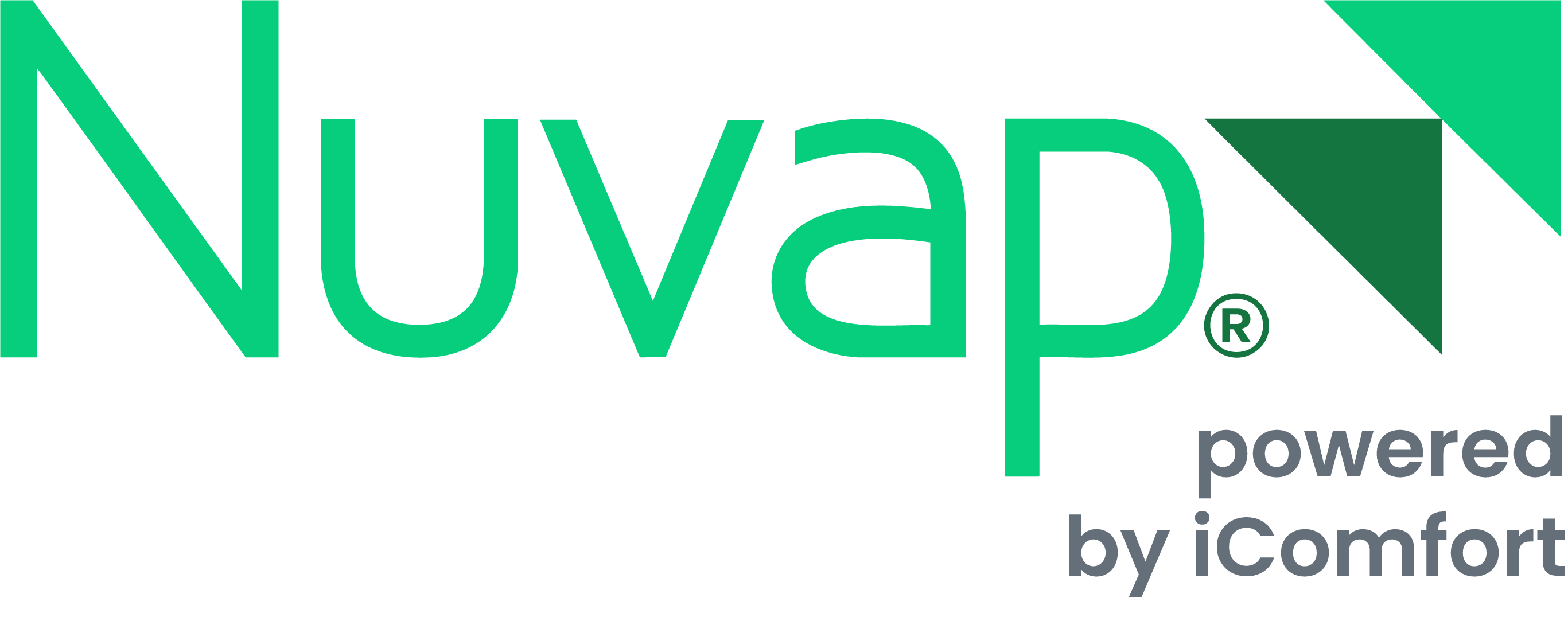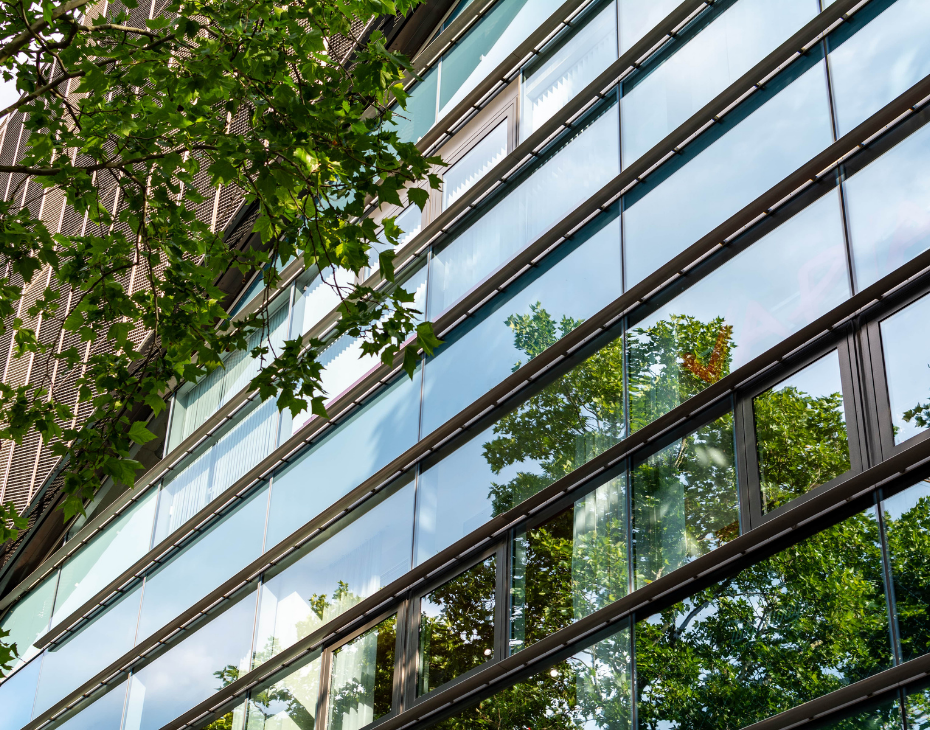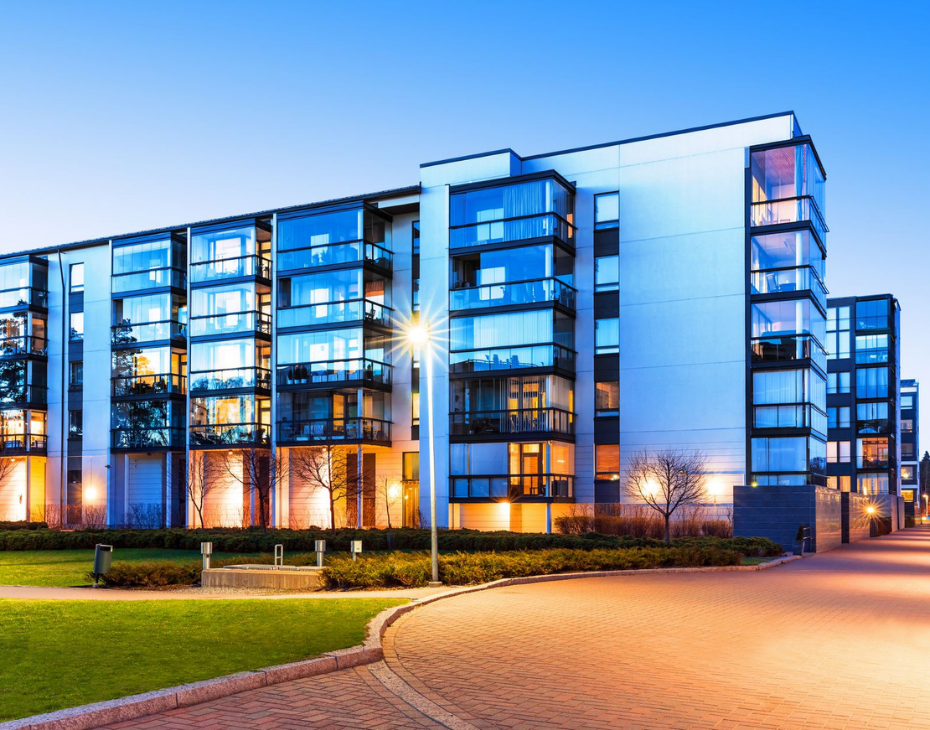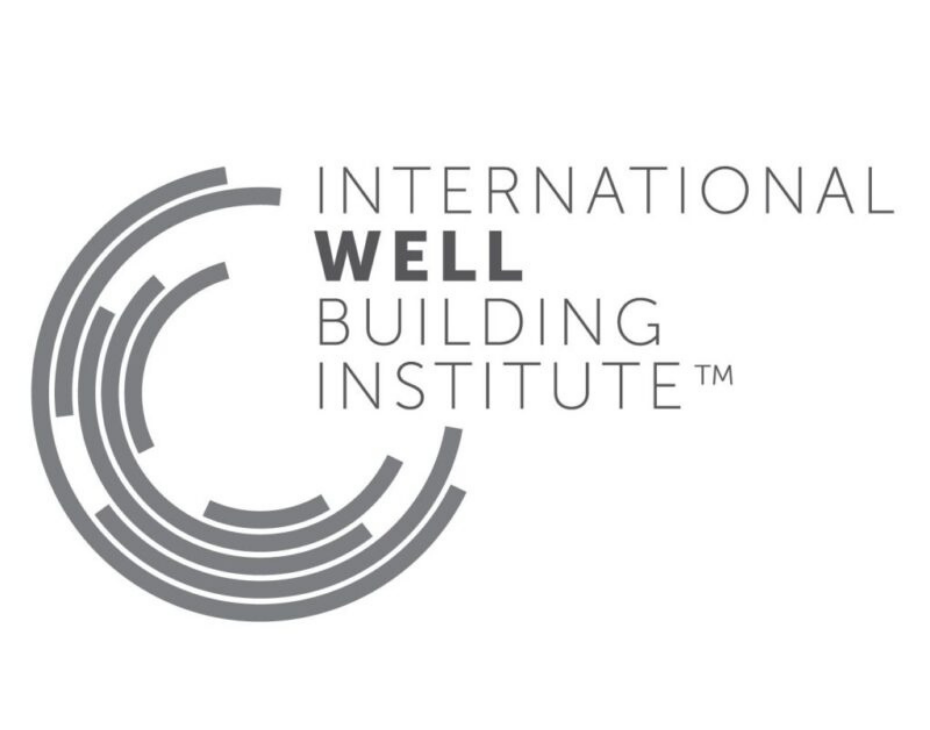- Indoor air healthiness in real estate
- Healthy air in the real estate sector
- Employees’ well-being is a priority for corporates
- A model to quantify the benefits of a healthy environment
Indoor air healthiness in real estate
Indoor air quality is increasingly becoming a priority for building owners and occupants, especially since the potential negative health effects of exposure to volatile chemicals, particulate matter, and other air pollutants are well known.
In more industrialized countries, precisely because of this, IAQ is already an issue that affects relationships between tenants and property owners.
In addition, although commercial real estate management is very complex, a greater focus on occupational hygiene and occupant well-being, with investment in systems to manage indoor air quality, can not only reduce liability, but increase performance, return on investment and property value.
Healthy air in the real estate sector
In industrialized countries, IAQ is already an issue having an impact on the relationship between tenants and property owners. It also affects the value of buildings.
With the potential negative health effects of exposure to chemical substances, particulate matter and other pollutants now widely documented and published, indoor air quality has become a priority for building owners and occupants.
Even though the management of commercial buildings is very complex, a greater attention to occupational hygiene and occupant well-being, with investments in indoor air quality solutions, can reduce liability and increase the value and the performances of buildings.
According to a recent analysis involving office buildings in Singapore, the return on investment in indoor air quality could be substantial (78,56%), while property values can increase from 1,28% to 3,85%.
The independent research firm Verdantix found that the 46% of real estate respondents to their corporate survey said that the improvement of the occupants’ health and well-being would be an absolute priority in the following 12 months. (Verdantix Global Corporate Survey 2020: Smart Building Technology Budgets, Priorities & Preferences).
According to the same research, 60% of real estate operators stated that they would have made new investments in indoor air quality monitoring systems. (Indoor Air Quality and Office Property Value, January 2010 Journal of Sustainable Real Estate).
Employees’ well-being is a priority for corporates
Over the past 40 years the drivers of corporate value have dramatically changed. Today, the service sector weighs far more heavily than manufacturing. And in Services industry the intellectual capital is the main factor of production. More than 80% of company’s value is based on people, therefore it is easy to figure out why buildings should be designed and managed in order to optimize people’s performances and well- being.
Until recently, many companies considered workplaces to be neutral in terms of generating value and profit. Even in the face of more amenity-rich workspaces, companies are not always able to quantify the benefit to the business, in economic and financial terms. There are clear metrics that show the correlation between workplace characteristics and greater productivity, higher retention and reduced absenteeism.
A Harvard University study found that better indoor air quality increases the employee productivity by 8%, leading to an average extra 6500$ in annual revenue generated per employee. (Harvard Business Review di Joseph Allen of Harvard T.H. Chan School of Public Health, March 2017).
According to a 2020 Maastricht University Study, the improvement of indoor environmental healthiness of a building significantly increases job satisfaction and reduces sick leave days by 2%.
A model to quantify the benefits of a healthy environment
In order to help property managers, tenants and occupants to value these benefits, it is useful to refer to an analysis recently developed by the American services company Stok about high performance buildings. The study analyses the case of a company having 834 employees and occupying a 10.000 smq building (average 12 smq per person).


The business case shows clear evidence:
- Increase in profit per employee: 2.987€/year
- Increase in profit per square meter: 249€/year
This benefit, recognized by the tenants, can allow the property manager to charge a premium of up to 200€/ smq.
Over 10 years, the numbers are astonishing.



